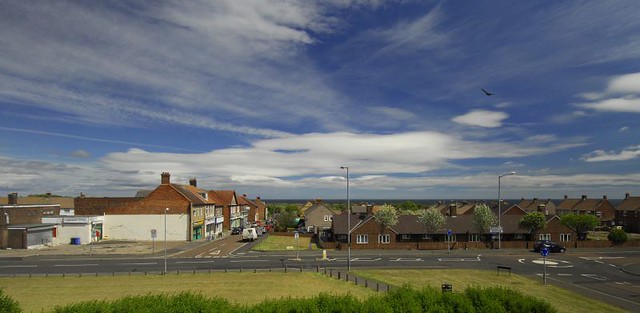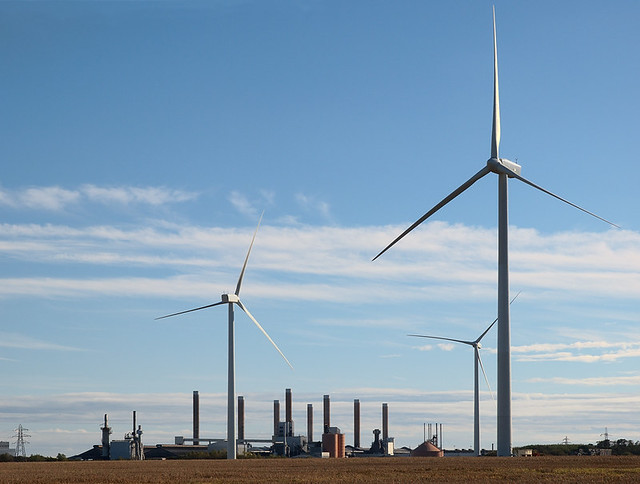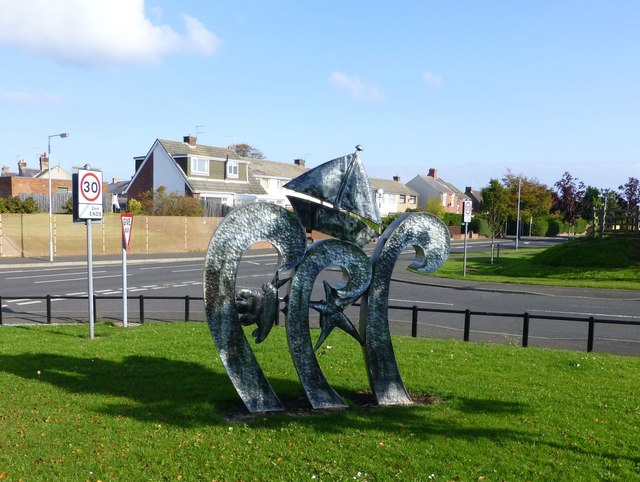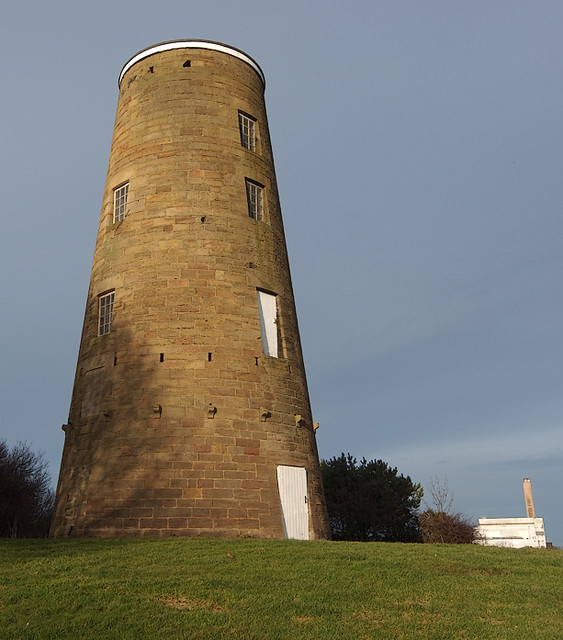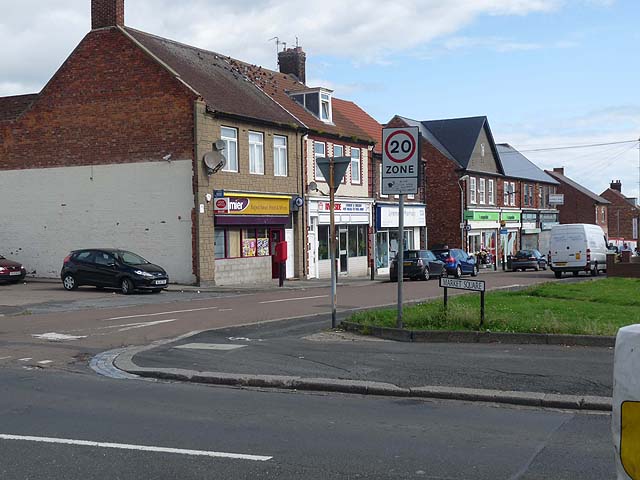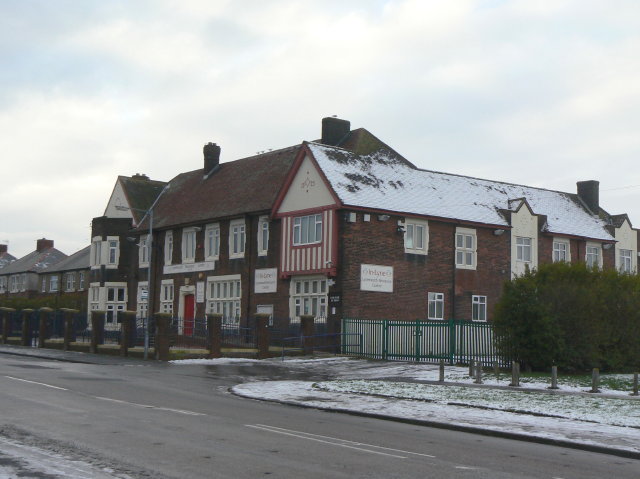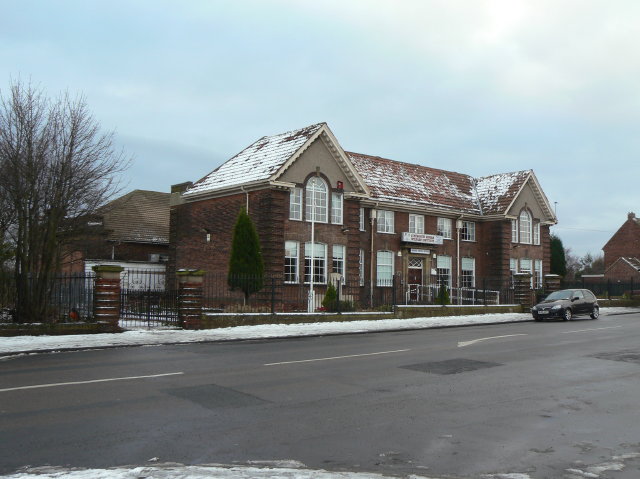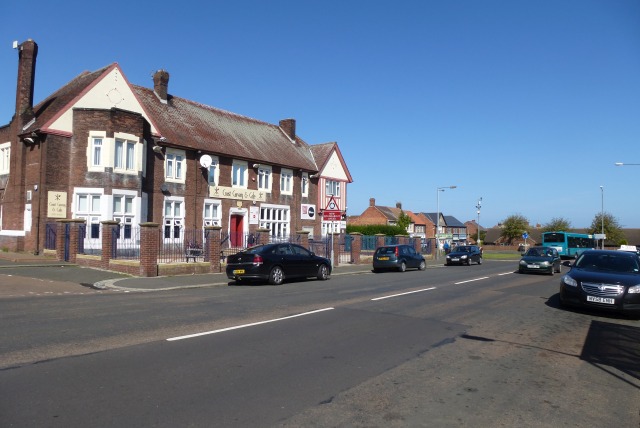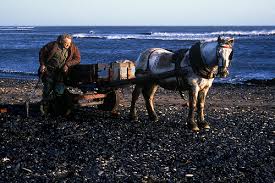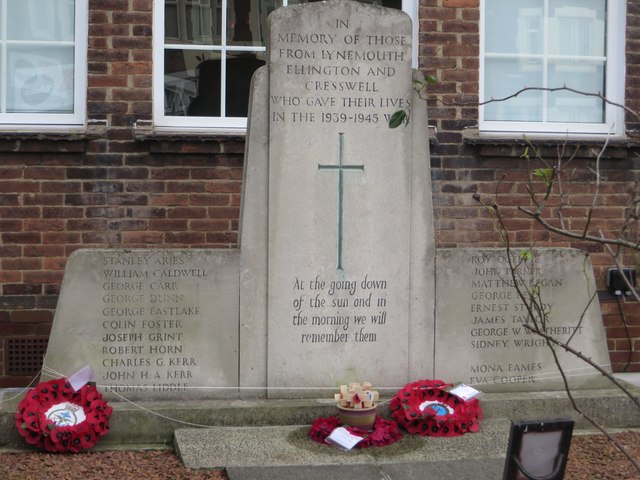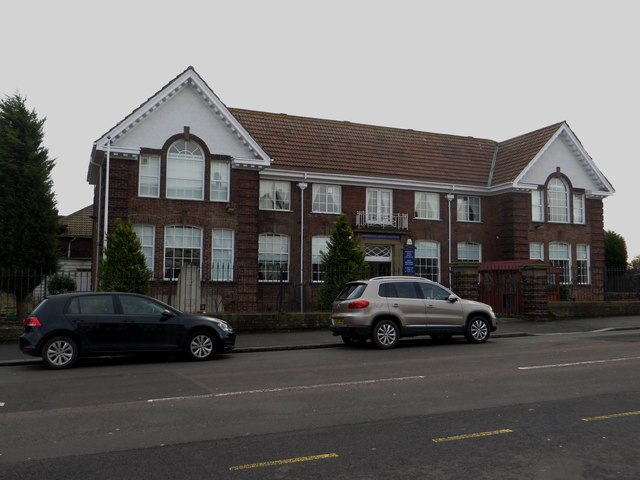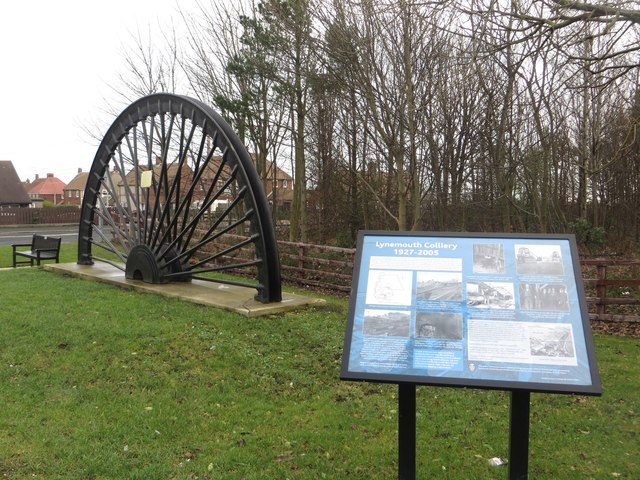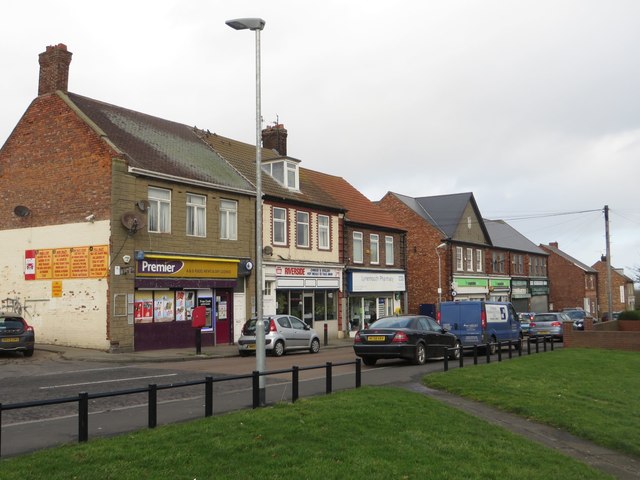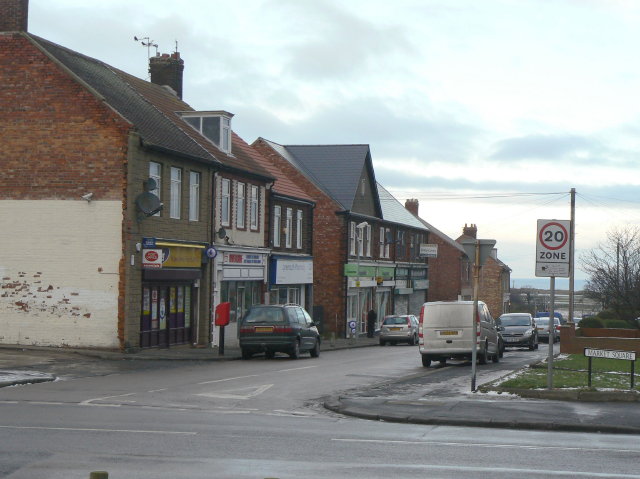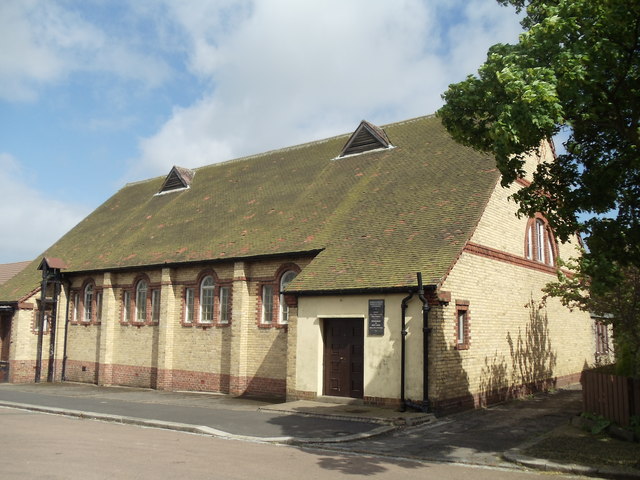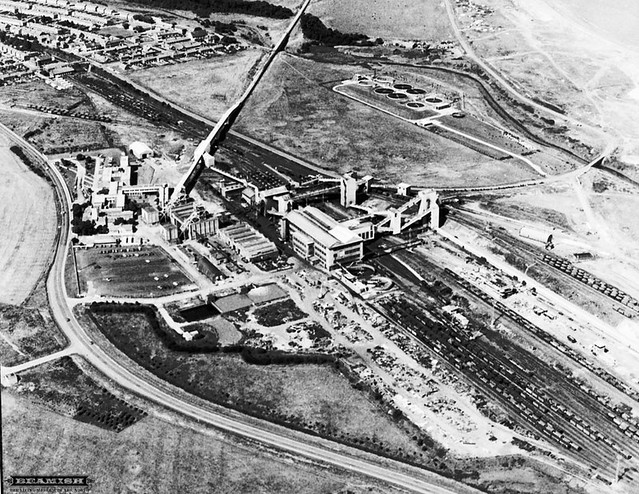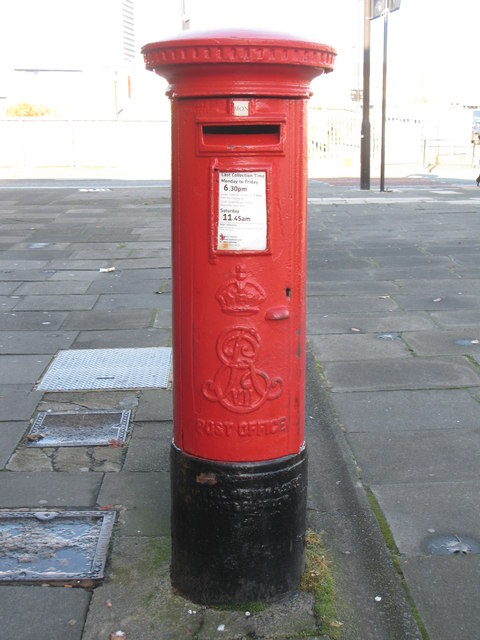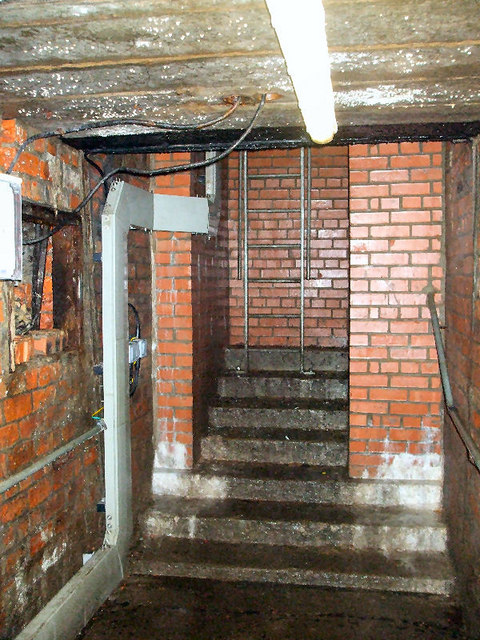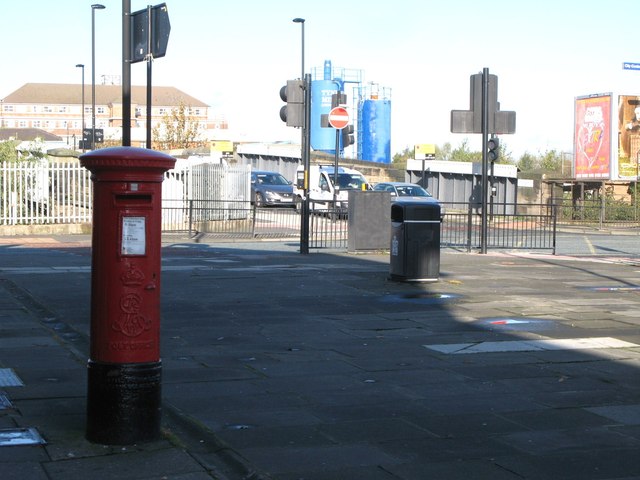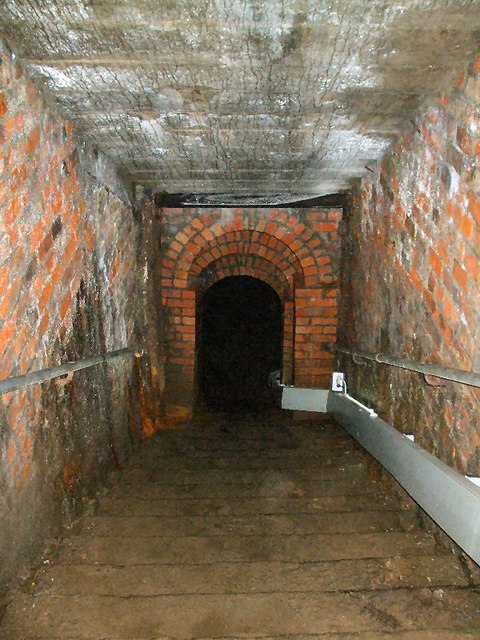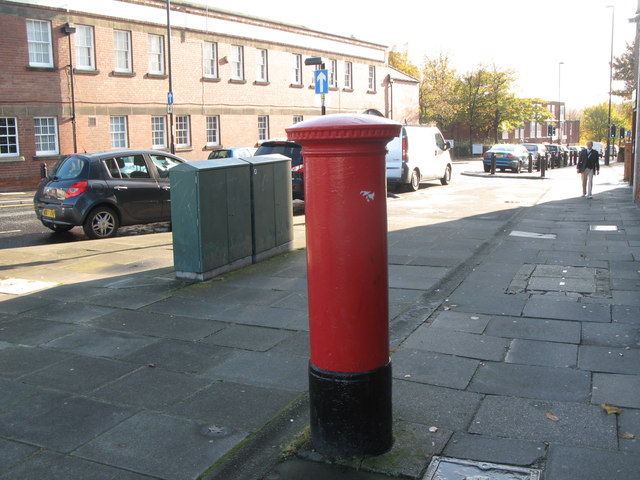Topics > Northumberland > Lynemouth
Lynemouth
LINMOUTH, a township, in the parish of Woodhorn, union of Morpeth, E. division of Morpeth ward, N. division of Northumberland, 7¼ miles (E.N.E.) from Morpeth; containing 31 inhabitants. This township, which comprises about 300 acres, derives its name from its situation near the influx of the river Line into the ocean. In 1240, John, son of Robert Rue, held the place by military service; and in the 11th of Edward III. the Countess of Pembroke conveyed it to John de Denton, burgess of Newcastle; since which date, possessions have been held by various families, including those of Eure, Horsley, Watson, Atkinson, and Bradford. In 1822, a spermaceti whale 61 feet in length, and 37 feet in circumference, came on shore at the mouth of the river, and was harpooned; it produced 9 tuns and 158 gallons of oil, which were claimed by the admiralty as a droit of the crown.
Extract from: A Topographical Dictionary of England comprising the several counties, cities, boroughs, corporate and market towns, parishes, and townships..... 7th Edition, by Samuel Lewis, London, 1848.
Lynemouth is a village in Northumberland, England. It is 3 miles northeast of Ashington, and is close to the village of Ellington, which is to the north west. The village was built close to coal mines.
Lynemouth and the surrounding industrial area played an important role in the 1985 feature-length docudrama Seacoal about the seacoalers, who made a living from collecting waste coal from the beach. A series of photographs within the Henri Cartier-Bresson Award–winning book In Flagrante (1988) by Chris Killip shows the work and life of the seacoalers here; a greater number were published in 2011 in the book Seacoal.
Also, the village can be seen in the 2000 film Billy Elliot. Lynemouth Cemetery doubles as Everington Cemetery, in which Elliot's mother is buried. The colliery, which was demolished in 2005, can be seen in scenes filmed at the cemetery.
To the south of the village is the former Alcan Lynemouth Aluminium Smelter, now closed, and power station.
Governance
An electoral ward in the same name exists. This ward stretches north along the coast to Craster with a total population taken at the 2011 Census of 4,842.
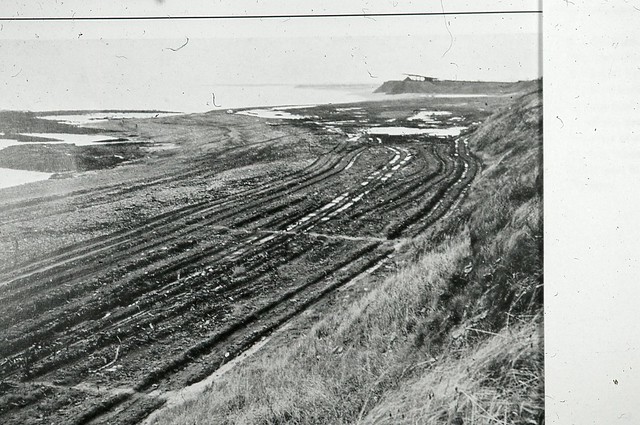
from Flickr (flickr)
Lynemouth, Northumberland. Beach after local tipping.
Pinned by Simon Cotterill
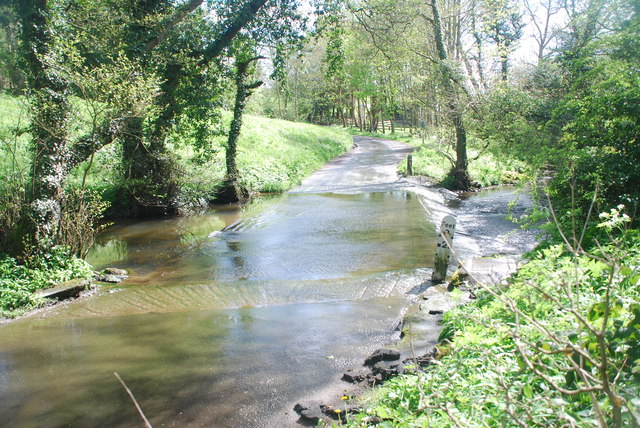
Co-Curate Page
River Lyne (Northumberland)
- The River Lyne is a river in the south of Northumberland, flows roughly eastwards past the settlements of Tritlington, Ulgham and Ellington before discharging into the North Sea at Lynemouth. …
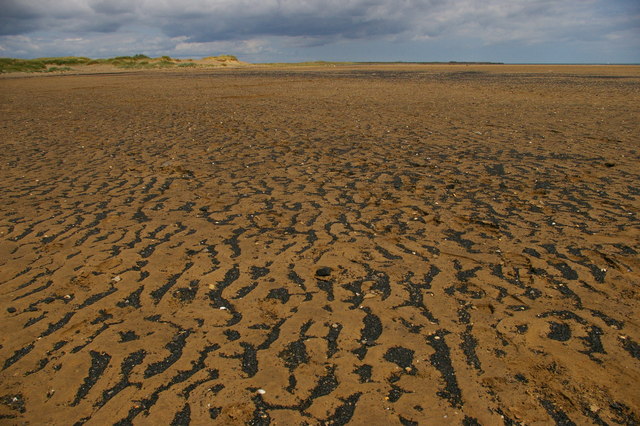
Co-Curate Page
Sea Coaling
- A 'sea-coaler' is someone who makes their living by collecting and selling coal washed up on the beaches. Examples of beaches in the North East where sea coaling was practiced …
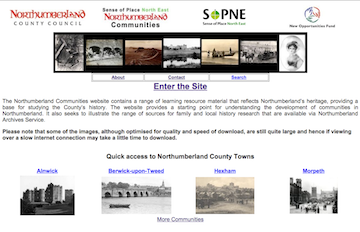
from https://communities.northumbe…
Lynemouth
- "Lynemouth takes its name from being situated on the estuary of the River Lyne - or Line as it was formally known. It was, until 1926, no more than a …
Added by
Simon Cotterill


from Flickr (flickr)
Lynemouth, Northumberland. Beach after local tipping.
Pinned by Simon Cotterill

Co-Curate Page
River Lyne (Northumberland)
- The River Lyne is a river in the south of Northumberland, flows roughly eastwards past the settlements of Tritlington, Ulgham and Ellington before discharging into the North Sea at Lynemouth. …

Co-Curate Page
Sea Coaling
- A 'sea-coaler' is someone who makes their living by collecting and selling coal washed up on the beaches. Examples of beaches in the North East where sea coaling was practiced …

from https://communities.northumbe…
Lynemouth
- "Lynemouth takes its name from being situated on the estuary of the River Lyne - or Line as it was formally known. It was, until 1926, no more than a …
Added by
Simon Cotterill
